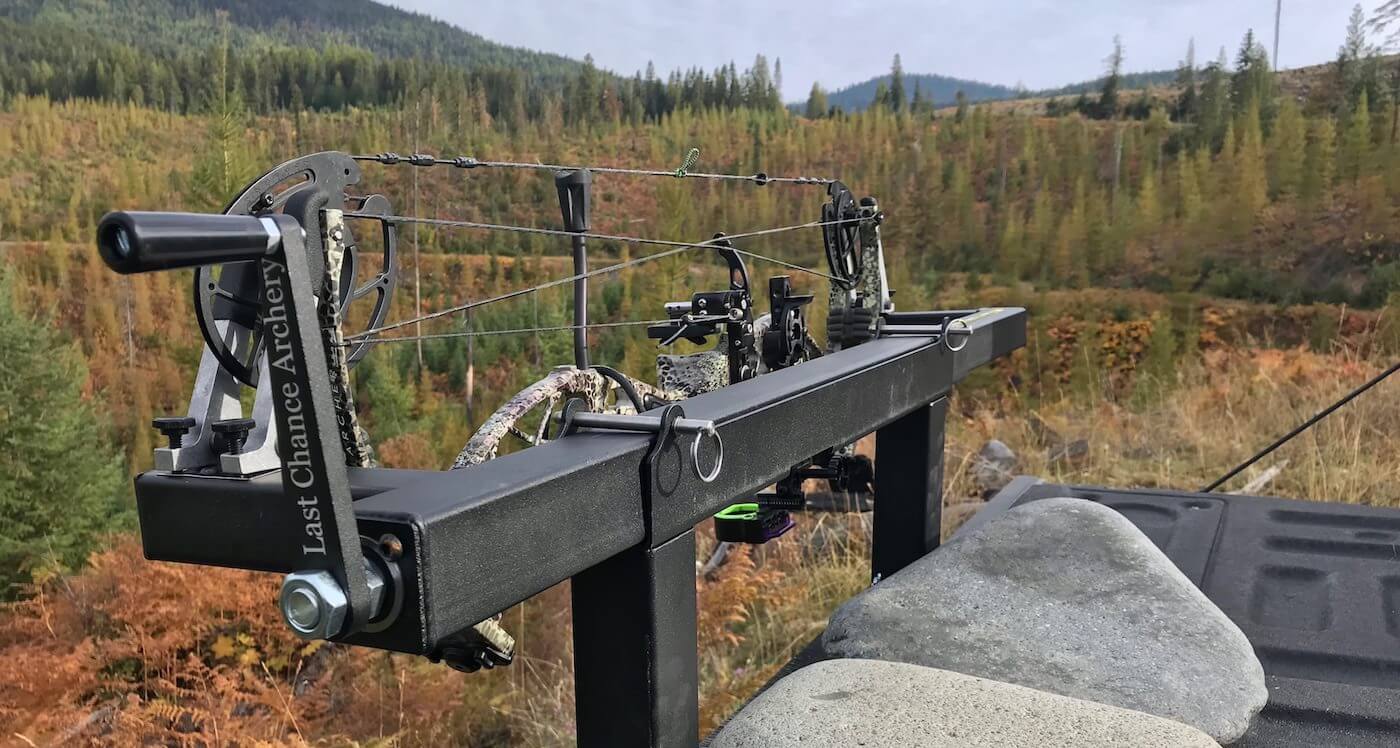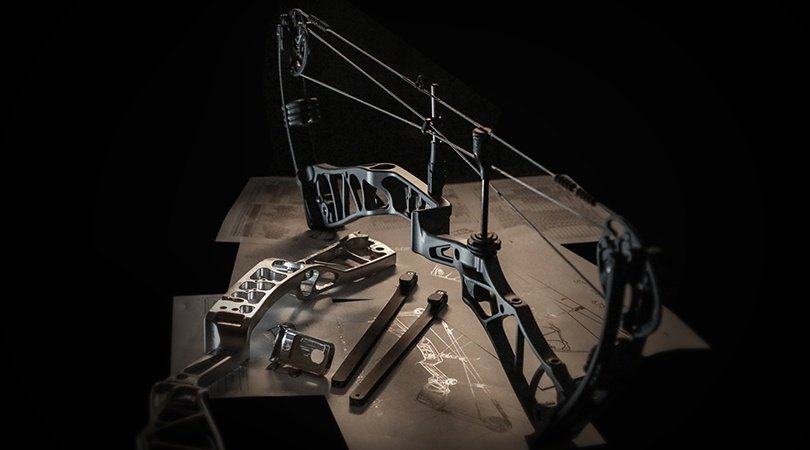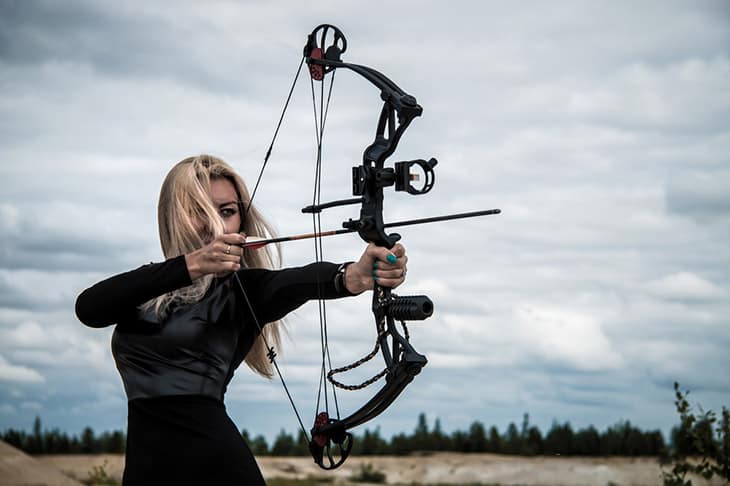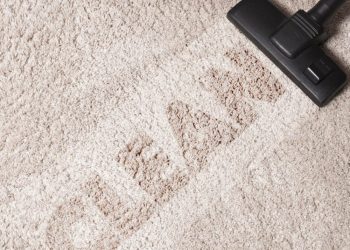Table of Contents
Most people are shooting bows bought at specialized archery shops and set up by trained bow technicians, and there’s absolutely nothing wrong with that. As a matter of fact, it pays to get it done the right way. In addition, setup expenses are usually waived with every new bow purchase, and there’s obvious value in that.
Naturally, time and use will slowly alter your bowing setup, or your everyday shooting practice might reveal that some tuning is necessary. All this will demand frequent trips back to the archery shop for simple fixes, and while some of them are so simple that you could handle at your garage, most will require the help of a professional archery bow press.
Sounds expensive, right? Well, not really. If you consider getting a consumer-grade, affordable archery bow press, you’ll soon realize that getting such a bow press is a lifelong investment that will quickly pay for itself. The money and time you’ll save from driving back and forth to the archery store, plus the labor fees will far outweigh the costs of the press.
If you’re still not convinced, here are four reasons for getting your own archery bow press and getting more professional about your hobby and passion.
Straightening A Crooked Peep Sight
While nearly every archer has dealt with having a crooked peep sight, it’s pretty amazing how many archers actually tolerate this anomaly. They either shoot with their peep sight crooked or crank their bowstring one way or another before drawing back. Either way, if you don’t address your crooked peep sight, your shooting consistency will definitely suffer.
Well, if you have your own archery bow press, you’ll be able to quickly straighten your crooked peep sight in a couple of minutes’ work. To straighten the peep, you should simply press the bow until the bowstring is slack, remove the bowstring from the cam peg, rotate until the peep is straight, and then replace the bowstring on the peg.
In order to straighten your peep sight, it may take you multiple tries, and know that if your bow is outfitted with a low-cost bowstring, it may be even more challenging to get the job done.
Fixing Cam Lean Issues
Fixing lean cam issues is another great reason you should get your own archery bow press. When you purchase a new bow and shoot it a bunch, things can settle in a bit, even if the bow is tightened with the highest quality fasteners and you have top-class strings and cables. But, unfortunately, all this could lead to a tuning problem known as cam lean, which, even though it sounds complicated, it’s very easy to correct if you’re shooting a split-buss cable bow and have an archery bow press.
Close your non-dominant eye and observe the cam in question to uncover potential cam lean issues. If the bowstring doesn’t align with the cam’s string track, it’s safe to say that your cam is leaning. To fix this, get your bow pressed and tighten the split buss on the opposite side of the lean direction. Afterward, do a twist at a time until the cam perfectly aligns with the string track.
Replacing A Broken String Silencer
If you’re an archer yourself, you probably know that string silencers don’t last forever. So, if your silencer cracks or flies entirely out of the bowstring, it could alter your shooting performance to the degree that you’ll want this issue fixed as soon as possible.
The good news here is that replacing a broken string silencer is a simple fix, but only if you have a couple of spare silencers and a good archery bow press on hand. Press the bow until the bowstring slacks, separate the strands in half, and put the new silencer in the problem one’s place.
Synchronizing Cams
Correcting some lean cam issues or cable stretch can desynchronize cam timing. This can result in a suspicious back wall in which you might even feel two stops that are uncomfortable and can cause a low or high paper tear. Put differently, your arrows will not leave the bow as they’re supposed to when cam timing is off.
In fact, it can be rather challenging for the untrained eye to recognize which cam is early and which one is late. To uncover what needs synchronizing, draw the bow with your release as you were to shoot, fasten the bowstring on a metal wall anchor that could withhold the draw weight, and pull down slowly and calmly, watching both cam stops until the bow reaches full draw.
Final Thoughts
Since archery pressing bows can be rather dangerous, make sure to get a bow press that’s approved for the model of your bow, and always refer to the press’s owner’s manual and follow it closely. In addition, always double-check that your strings and cables are adequately connected to the cams and are in their proper tracks before de-pressing your bow, and wear safety glasses in the event a mishap does occur. Now that we’ve reviewed the four most common practical at-home uses for a bow press, you’re ready to enter the market of archery bow presses and get one that fits your needs.










